Philodendron Pastazanum- Rare
Original price was: ₹8,960.00.₹4,821.17Current price is: ₹4,821.17.
1 in stock
4 leaves | Free Shipping | Pot included
Philodendron Pastazanum Care Needs
Humidity-loving Pasta Plant Philodendrons want wet soil all year round. Only water your plant after the top two inches of soil have entirely dried out, and the pot should be watered until it exits the pot’s drainage holes.
To prevent root rot, discard the water collecting tray.
For your convenience, we’ve included some basic care guidelines below.
| CARE | |
|---|---|
| Soil | Care Specifics |
| Botanical Name | Philodendron Pastazanum |
| Common Name | Pasta Plant Philodendron, [COMMONNAME3] |
| Plant Family | Araceae |
| Origin | Pastaza, Ecuador |
| Plant Type | perennial |
| Leaf Shape | heart-shaped |
| Leaf Color | glossy dark green |
| Recommended Home Placement | near an east or west-facing window |
| Growth Rate | moderate |
| Light | bright indirect light |
| Soil | standard commercial potting soil |
| When To Water | Water when the top two inches of the soil are dry. |
| When To Fertilize | once a month during growing season |
| Preferred pH | 5 and 7 |
| Humidity Range | 65%-75% |
| Toxic To Pets? | Yes – symptoms include inflammation and an inability to breath or swallow |
| Common Pests & Diseases | spider mites, brown tips, white flied, scale insects, yellow leabes, root rot, mealy bugs, drooping leaves |
Care Difficulty
Regarding care difficulty, the Pasta Plant Philodendron is easy-to-care-for, needing bright indirect light and regular ol’ potting soil.
Growth Rate
The Philodendron Pastazanum plant grows to a height of 3-5 feet. Their growing season is between spring and summer.
Most Philodendron species, including the Pastazanum, grow pretty quick.
This plant’s primary stem (or rhizome) grows horizontally rather than vertically, making it a crawler. The ‘petioles’ carry the leaves, which extend vertically from the stem.
Since the leaves emerge from the rhizomes, this area should not be immersed and should remain on the soil surface. It’s possible that burying it will result in a rotting plant, one of the most typical blunders in Philodendron Pastazanum maintenance. Crawler rhizomes should not be buried in the ground.
Potting
It’s alright to utilize a thinner and longer rectangular pot for the potting vessel. A round pot may not be ideal as this plant has a crawler rhizome that will spread out in a linear growing pattern. Plastic, terracotta, or clay are all acceptable pot materials.
The primary consideration is that it has at least one drainage hole, allowing excess water to drain out. When Philodendron plants are left in water for long periods, their roots rot.
Repotting
To keep your Philodendron Pastazanum healthy, you should transplant it to a new pot once it has reached a particular size. You typically know it’s time to repot when you see its stems start to stand up along the edge of the container.
This happens, on average, every two years. Refresh the organic material in the container between repottings by adding some new potting soil.
It is also crucial to repot your plant if you believe it is infected with root rot because it could damage or kill this creeping plant.
Soil
Pasta Plant Philodendrons can grow sufficiently with standard commercial potting soil (think MiracleGro). Or you can use perlite, sphagnum moss, or orchid bark to create your own growing medium. Ensure that your Pastazanum has the best chance of success by keeping the soil at a constant moisture level.
The plant must also have proper drainage to prevent diseases, root rot, and other problems. This magnificent species, like many others, appreciates well-drained soil, which reduces the dangers that come with standing water.
pH
pH for this plant should be around 5 and 7, meaning your Pastazanum likes neutral to acidic soil. Philodendrons can be grown inside successfully, especially if you often repot or refresh the potting mix.
Water
Pasta Plant Philodendrons are humidity-loving plants that need relatively moist soil throughout the year.
When the top couple of inches of dirt are dry, hydrate your plant immediately. The pot should be watered until the water drains out the bottom holes. To prevent root rot, discard the water collecting tray.
In the winter, you won’t need to water as much. Water your plants deeply, from the underside, but less frequently.
Light
This easy-to-care-for houseplant prefers bright indirect sunlight for 6-8 hours a day. Excessive light exposure may burn or even damage its leaves. If there isn’t enough light, it will grow slowly, and its leaves may not reach their maximum size.
Remember, you’re trying to give Pasta Plant Philodendron a home that’s similar to its natural environment. Since Pastazanum comes from the rainforests of Ecuador, it’s most comfortable in bright yet indirect light.
Avoid putting your Philodendron Pastazanum in direct sunlight, as this could severely damage or even kill it.
Think about placing your Philodendron Pastazanum or other home plants closer to a window or investing in artificial illumination if you’re worried they’re not receiving enough. Here are some basic alternatives to think about.
Fertilizer
A balanced liquid fertilizer is ideal for tropical plants like Philodendron Pastazanum. Simple Lawn Solutions Liquid Fertilizer, for example, would work. During the spring and summer, give the plant a monthly feeding.
Fertilizing is unnecessary in the winter. You can learn more about this plant’s typical potting soil needs in the section above.
Only logged in customers who have purchased this product may leave a review.


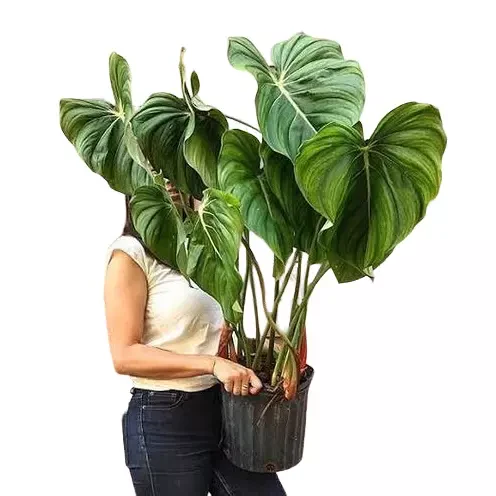

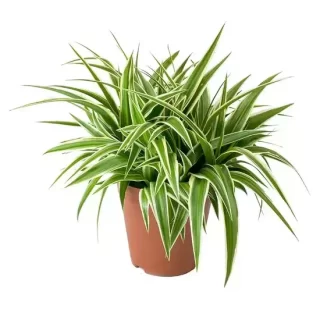
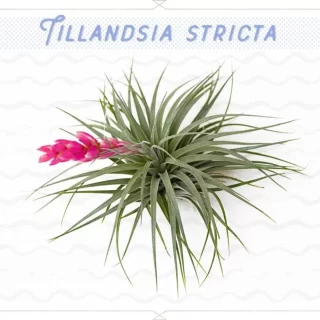
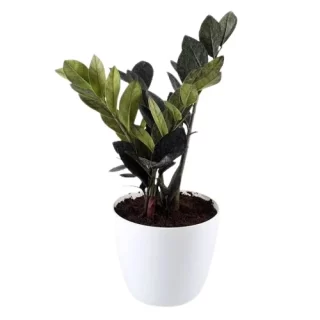
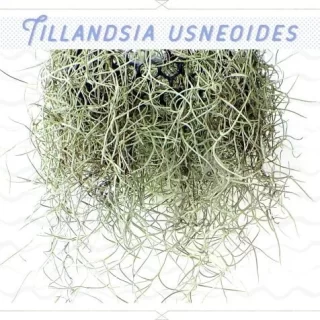
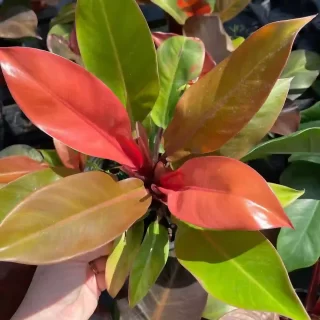
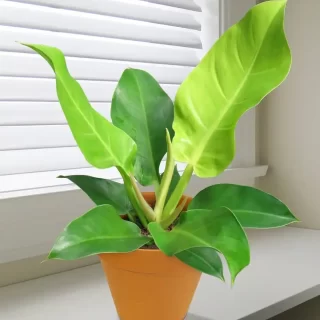
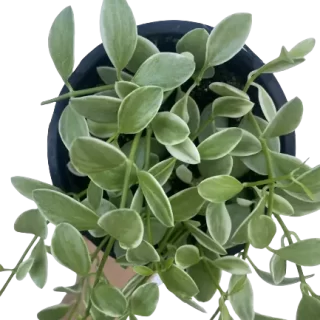
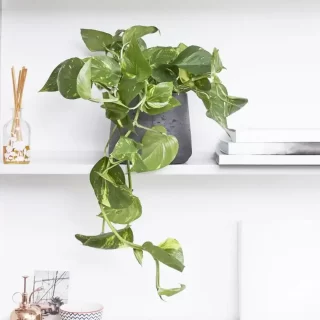
 If you need any assistance, I'm always here. Have you found what you were looking for?
If you need any assistance, I'm always here. Have you found what you were looking for?
Reviews
There are no reviews yet.